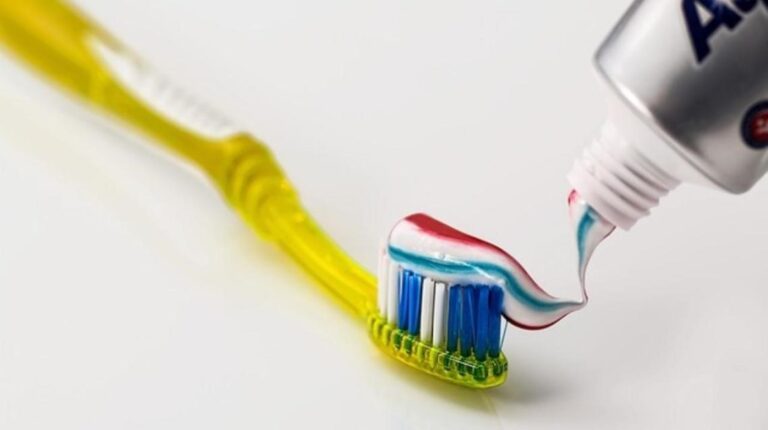Today dental implants are state-of-the-art tooth-replacement systems and are a very common treatment option to replace teeth among adults. Implants can also help stabilize a denture for comfort and function. According to The International Dental Association, 85% of people are ready to restore their missing teeth with an implant-based treatment option, increasing by nearly 5% yearly.
No matter what kind of implants you have, how well you care for them is the key to their long-term success. Specific measures and efforts are needed to ensure the longevity of your dental implants. So, keep them clean and free from harmful bacteria and plaque that can cause infection in the tissues around the implant and lead to failure. Without tenacious biofilm removal peri-implant, the disease can develop and result in implant failure.
What is peri-implant disease?
Peri-implant disease is an inflammatory condition affecting the soft and hard tissues surrounding dental implants. Bacteria can develop at the implant’s base or below the gum line, similar to a natural tooth. The bacteria irritate the gum tissue over time, causing it to become inflamed. This inflammation can also weaken the tissue, and if not treated early, it causes degradation of the bone structure below the implant.
Peri-implant disease is classified into two categories:
In peri-implant mucositis, gum inflammation is found only around the soft tissues of the dental implant, with no signs of bone loss. Generally, peri-implant mucositis is a precursor to peri-implantitis. Evidence suggests that peri-implant mucositis may be successfully treated and is reversible if caught early.
In peri-implantitis, gum inflammation is found around the soft tissue, and there is deterioration in the bone supporting the dental implant. Peri-implantitis usually requires surgical treatment.
Here’s how to give the best care to your Dental Implants:
1) Brushing: Start brushing after the tissue completely heals to prevent infection as soon as possible. A regular toothbrush may initially be too harsh. Use a special toothbrush for implant care that is intended for use after implant placement. Clean at least twice a day, paying particular attention to the area of the implant. For multiple implants supporting a bridge, it is important to ensure the area between the implant bridge and gums is kept thoroughly clean, as debris can accumulate there and cause problems.
2) Interdental Brushes: These are special brushes to effectively reach every side of dental implants and clean those little spaces. They are available in different sizes, textures, and designs to fit individual needs.
3) Use a low abrasive toothpaste for cleaning.
4) Floss Daily: Daily flossing is an important part of your oral health care routine to help remove plaque from areas a toothbrush doesn’t completely reach.
5) Water Flosser: It is a specially designed device that uses water pressure to direct water into the mouth and teeth to remove plaque and traces of food and massage the gums. Unlike traditional manual flossing, a water flosser is more than just a removal of residual food matter but offers some additional perks and advantages. Benefits of water flossing vs. traditional string flossing reach areas in the mouth where traditional flossing is problematic. Unlike manual floss, water is less prone to cause bleeding in the gums. Very easy to use, especially for people who wear braces, dental bridges, or other dental structures on the teeth. Provide a message that will improve overall gum health.
6) Gum Stimulators: Stimulators can encourage healthy gum tissue, which is crucial in maintaining a dental implant. The best kind is rubber-tipped stimulators to be gentle on the gums.
7) Use anti-microbial, non-alcoholic mouthwashes to keep your oral cavity bacteria-free. Implants are a profoundly successful treatment procedure.
However, it would be best if you would have committed not only to the daily performance of dental hygiene at home but also to regular visits to your dentist.



